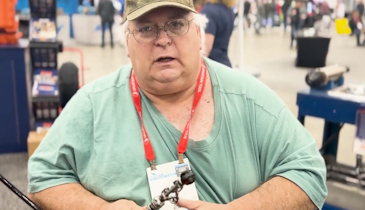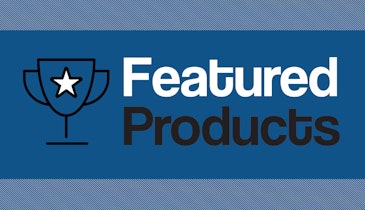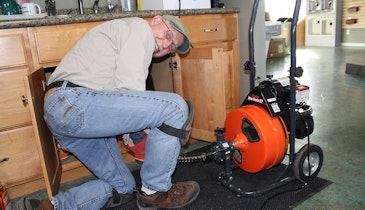Interested in Business?
Get Business articles, news and videos right in your inbox! Sign up now.
Business + Get AlertsService plumbing, or as it used to be called "jobbing," can be a frustrating ordeal.
Day in and day out of various calls for jobs ranging in scope and length. Ordering parts, being mindful of your wrench time and travel time, dealing with a wide variety of customers and, even worse, their expectations. When you add these factors all together, you have the potential for callbacks.
People make mistakes; you are human. But nowadays, a callback could be a number of things — technician error, manufacturing defect, problems that could be the cause or result of an additional problem with the plumbing system from the original installer, fluctuating utility pressures and volumes, abuse or misuse of the plumbing system after you leave the job, existing hidden and concealed illegal conditions, existing hidden/concealed rusted or defective pipes, hidden/concealed cross-connections. The list could go on forever.
Now add on top of that modern customer expectations and behaviors. We all get our fair share of exemplary customers and disgruntled customers. The bad customers will lie about what you told them, what the dispatcher told them, what the last company did, and what your company did. They will lie about almost anything to get a discount, an apology, or a free return visit.
How do you limit the amount of callbacks you receive? Here are a couple tips.
Get it in writing
Besides relying on what gets listed in your invoicing system, you can avoid callbacks by writing down anything and everything that could potentially turn into a callback. That way, you can clearly set the expectation for everyone involved.
For example, did you open a sewer and camera it to find a belly? Then it would be best if you wrote that you couldn't warranty against a clog because there is a belly. Did you swap out washers in an old faucet where the seats looked nicked up and parts are no longer available? Then in writing mention that you couldn't warranty it against leaks because the seats are in horrible condition and replacement parts aren't available. Are you replacing a regulator because you think it's causing the house's vibration noise? Write that this repair is an attempt to fix the noise problem but that this may or may not be the actual cause of the problem.
You can no longer repair and leave. You have to set the expectations with the customer up front, get it out of the way, and then get to work.
Give recommendations on every call
You should also give professional recommendations on nearly every call. I call it "professional recommendations" because oftentimes our industry is too focused on "sales recommendations." Even though we all seek profit, professional recommendations are far more effective than sales pitches.
A professional recommendation isn't what your company tells you to offer as an add-on sale. It is what you, as a plumber, see while on site that could solve a real issue or prevent a future issue. For example, say you are there to open a kitchen sink drain and find grease buildup. While you are under the sink, you notice the P-trap is on its last leg and that there is some corrosion on the hot/cold shutoff valves headed to the kitchen sink. Even though you are only there to open the drain, that doesn't mean you open the drain and leave. It also doesn't mean that you fix everything under the sink and leave the customer with a huge bill. However, it does mean that you should open the drain and give recommendations on a jetting solution, drain treatment solution, new P-trap, and two new shutoff valves to prevent a future costly leak. You should point those out to the customer and explain the pros and cons of making the repairs today. And make sure these recommendations are in writing.
Doing recommendations this way shows three essential things to the homeowner. First, it shows the customer you are doing a thorough job. Two, it lets the customer choose whether or not they want to do these additional repairs. Lastly, it avoids a callback. If the customer declines your recommendations, there is no such thing as a callback because the customer "went against doctor’s orders." If the customer agrees to the additional repairs, you have an increased ticket. And more importantly, you've reduced the likelihood of a callback.
By doing these two things consistently, you will significantly reduce your callbacks. And if you do end up getting called back to someone's house for an issue, it will be, "Hey Charlie, I should have gone with your recommendations last time you were here," instead of "You touched it last; it's your fault."
About the Author
Anthony Pacilla is a registered master plumber for McVehil Plumbing in Washington, Pennsylvania. He has over two decades of experience in the plumbing and HVAC trades, and has a bachelor’s in business and economics from Thiel College.






